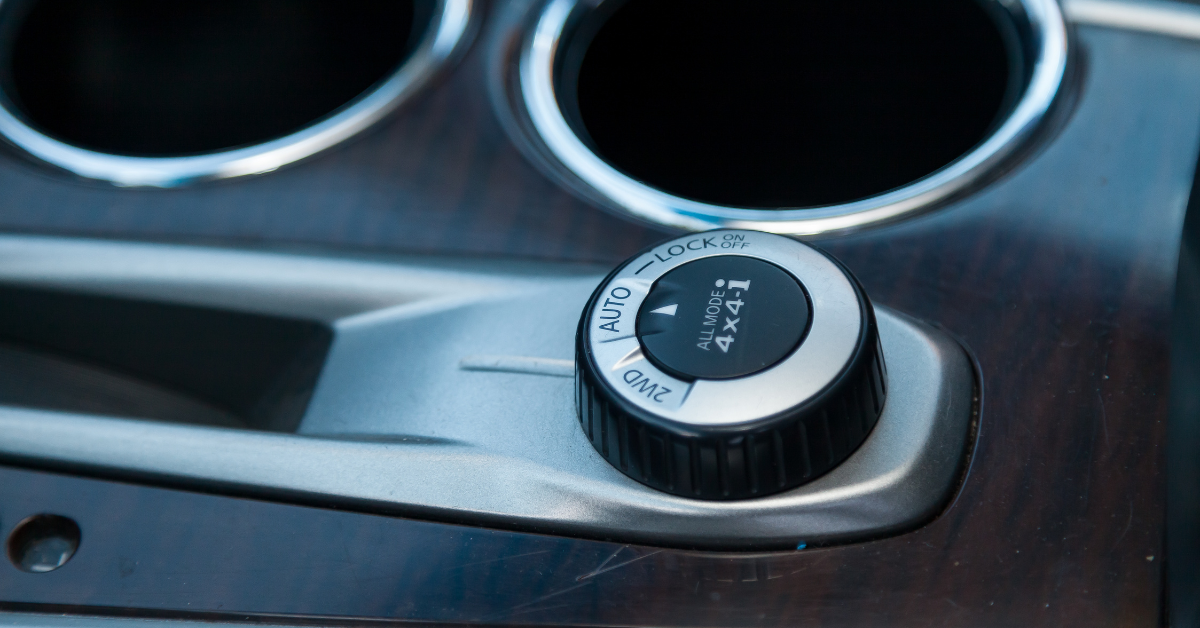As one of the most well-known electric vehicles (EVs), the Nissan Leaf has gained attention for its quiet performance, smooth acceleration, and eco-friendly credentials. But how does it actually feel to drive? Many drivers wonder about the ride comfort in everyday situations—whether in city traffic or on longer highway drives. This article explores the Nissan Leaf’s ride quality, highlights its main advantages, and also points out the areas to be aware of before making a decision.
Ride Comfort of the Nissan Leaf
Exceptional Quietness and Reduced Vibration
One of the Leaf’s biggest strengths is its silence. Without an engine, there’s no constant combustion noise, and vibrations are kept to a minimum. Up to mid-speed ranges, the cabin feels calm and relaxed, making long drives less tiring. Road and tire noise become more noticeable at higher speeds, but overall the quietness sets it apart from traditional cars.
Stability and Handling
Thanks to its low center of gravity, the Leaf delivers stable handling through corners and intersections. The suspension system effectively absorbs minor road shocks, keeping the ride smooth for both city use and highway cruising.
However, some models that use a torsion beam rear suspension may transmit more bumps to the back seats on rough roads or over uneven surfaces.
Key Attractions of the Leaf
Linear Acceleration and Smooth Driving Experience
The electric motor provides instant torque, making acceleration responsive and seamless. Unlike gasoline-powered cars, there’s little lag when pressing the accelerator, which makes urban stop-and-go traffic or highway merging more pleasant.
Low Running Costs and Eco Performance
The Leaf eliminates costs like fuel, oil changes, and exhaust system maintenance. Combined with potential government incentives or tax breaks, ownership costs can be significantly lower. Environmentally, it contributes to zero-emission driving, appealing to eco-conscious drivers.
Strengths and Considerations (Comparison Table)
| Category | Strengths & Benefits | Considerations & Drawbacks |
|---|---|---|
| Quietness & Vibration | Silent drive, reduced cabin vibration | Road/tire noise noticeable at higher speeds |
| Ride & Stability | Low center of gravity, smooth cornering, stable handling | Rear suspension can feel harsh on rough roads |
| Acceleration | Instant torque, responsive linear acceleration | Performance may drop with low battery levels |
| Running Costs | Lower maintenance and fuel savings, eco-friendly | Limited charging infrastructure and range issues |
Tips to Maximize Comfort
- Choose the right tires
Using low-noise or comfort-oriented tires can further reduce cabin noise and improve ride quality. - Be mindful of road conditions and speed
While the Leaf excels in smooth driving, rough surfaces or high speeds can highlight noise and suspension limitations. Driving at moderate speeds on well-paved roads enhances comfort.
Conclusion
The Nissan Leaf offers an impressively quiet, smooth, and cost-efficient driving experience, making it an attractive option for daily commuting and city driving. Its instant acceleration and eco benefits stand out, though rough surfaces or long-distance drives may reveal some suspension and noise challenges. For those prioritizing comfort, pairing the Leaf with the right tires and driving style can maximize its strengths. As always, taking a thorough test drive is the best way to judge if the Leaf meets your expectations.






